I was looking for a "quick and dirty" solution in order to work with MAX487 (5V) and my ESP32 MCU.
I know that Maxim integrated produces the MAX3485 and MAX3483 that are specifically designed to work with 3.3V, but I have a bunch of MAX487 (almost 100 pieces) and I don't want to throw them in the garbage.
Buried in a old thread of TI support forum, I've seen this image:
It seems that adding a Schottky diode (BAS40SL) on R line it will "clamp" the 5V signal to 3.3V and the MCU can work without any issue with the 5V MAX487.
The only "issue" I can see is that the diode will add some capacitance, and then at high baudrates it can generate some timing issue. This is not a real problem if you have "slow" devices like 115200 baud.
- Will this really work?
- Has anyone tried out this solution?
- Does it have any drawbacks or can I use it without any issues?
